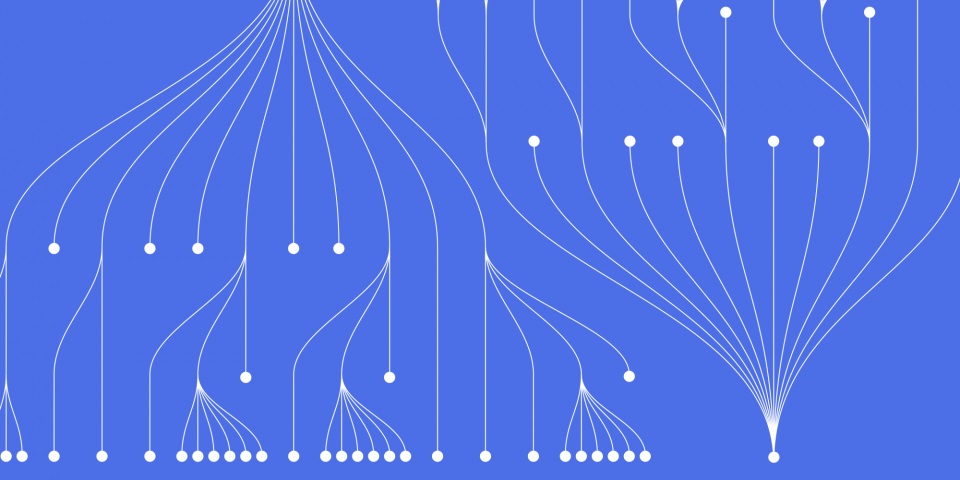
11 April 2023
This article is brought to you by JBI Training, the UK's leading technology training provider. Learn more about JBI's training courses including R - Reporting & Dashboards with Shiny training course, R with RMarkdown and Quarto training course, and R for Life Science Researchers training course
Introduction: Microsoft R Language is a powerful and popular programming language for data analytics and data science. It is an open-source programming language that supports both functional and object-oriented programming paradigms. It provides a wide range of data analytics and machine learning tools that can be used for a variety of tasks, including data visualization, data analysis, predictive modeling, and statistical analysis.
In this article, we'll provide an overview of Microsoft R Language, its features, and its advantages. We'll also cover how to install and use Microsoft R Language, and provide some examples of how it can be used in data analytics and machine learning.
What is Microsoft R Language?
Microsoft R Language is a programming language designed for data science and analytics. It is an open-source language that is based on the R programming language, and it provides additional features and capabilities that make it well-suited for enterprise-level data analysis and machine learning.
Microsoft R Language supports a wide range of statistical and data analysis techniques, including regression analysis, clustering, and data visualization. It also includes a powerful machine learning library that can be used for predictive modeling, classification, and other machine learning tasks.
Advantages of Microsoft R Language
One of the main advantages of Microsoft R Language is its scalability. It can handle large datasets and perform computations in parallel, making it suitable for big data analytics. It can also integrate with other Microsoft products, such as Excel and SQL Server, allowing users to work with data stored in a variety of formats and locations.
Another advantage of Microsoft R Language is its ease of use. It has a simple and intuitive syntax, which makes it easy for users to learn and use. It also provides a wide range of built-in functions and libraries that can be used for a variety of data analytics and machine learning tasks.
How to Install and Use Microsoft R Language
To get started with Microsoft R Language, you'll need to download and install the Microsoft R Open software, which is a free and open-source distribution of R Language. Once you've installed Microsoft R Open, you can use the R Studio IDE (Integrated Development Environment) to write and run R Language code.
Microsoft R Open includes a number of libraries and packages that can be used for data analysis and machine learning. You can also install additional packages from the CRAN (Comprehensive R Archive Network) repository, which contains thousands of additional packages for R Language.
Examples of Microsoft R Language in Data Analytics and Machine Learning
Here are some examples of how Microsoft R Language can be used in data analytics and machine learning:
Predictive modeling: Microsoft R Language includes a powerful machine learning library that can be used for predictive modeling. You can use it to build models for regression analysis, classification, and clustering.
Data visualization: Microsoft R Language includes a number of libraries and packages for data visualization, including ggplot2 and lattice. You can use these libraries to create charts and graphs that help you visualize your data.
Statistical analysis: Microsoft R Language supports a wide range of statistical techniques, including hypothesis testing, regression analysis, and time series analysis. You can use these techniques to analyze your data and draw insights from it.
Conclusion
Microsoft R Language is a powerful and versatile programming language for data analytics and machine learning. It provides a wide range of features and capabilities that make it well-suited for enterprise-level data analysis. By following the steps outlined in this article, you can install and start using Microsoft R Language, and take your data analytics and machine learning skills to the next level.
here are some official documentation and links for Microsoft R Language:
Microsoft R Language - Official Website https://mran.microsoft.com/open
Microsoft R Language - GitHub Repository https://github.com/Microsoft/microsoft-r
Microsoft R Language Forum - Microsoft Tech Community https://techcommunity.microsoft.com/t5/r/microsoft-r-language/ba-p/384057
Microsoft R Language - Revolution Analytics https://www.revolutionanalytics.com/microsoft-r
These resources offer a wealth of information on Microsoft R Language, including installation guides, tutorials, reference materials, and more. They are a great place to start for anyone interested in learning more about this powerful programming language.
JBI Training
We offer a number of options for training in R programming language - OR to make a training request get in touch.
Courses
R - Reporting & Dashboards with Shiny training course

CONTACT
+44 (0)20 8446 7555
Copyright © 2025 JBI Training. All Rights Reserved.
JB International Training Ltd - Company Registration Number: 08458005
Registered Address: Wohl Enterprise Hub, 2B Redbourne Avenue, London, N3 2BS
Modern Slavery Statement & Corporate Policies | Terms & Conditions | Contact Us
POPULAR
AI training courses CoPilot training course
Threat modelling training course Python for data analysts training course
Power BI training course Machine Learning training course
Spring Boot Microservices training course Terraform training course